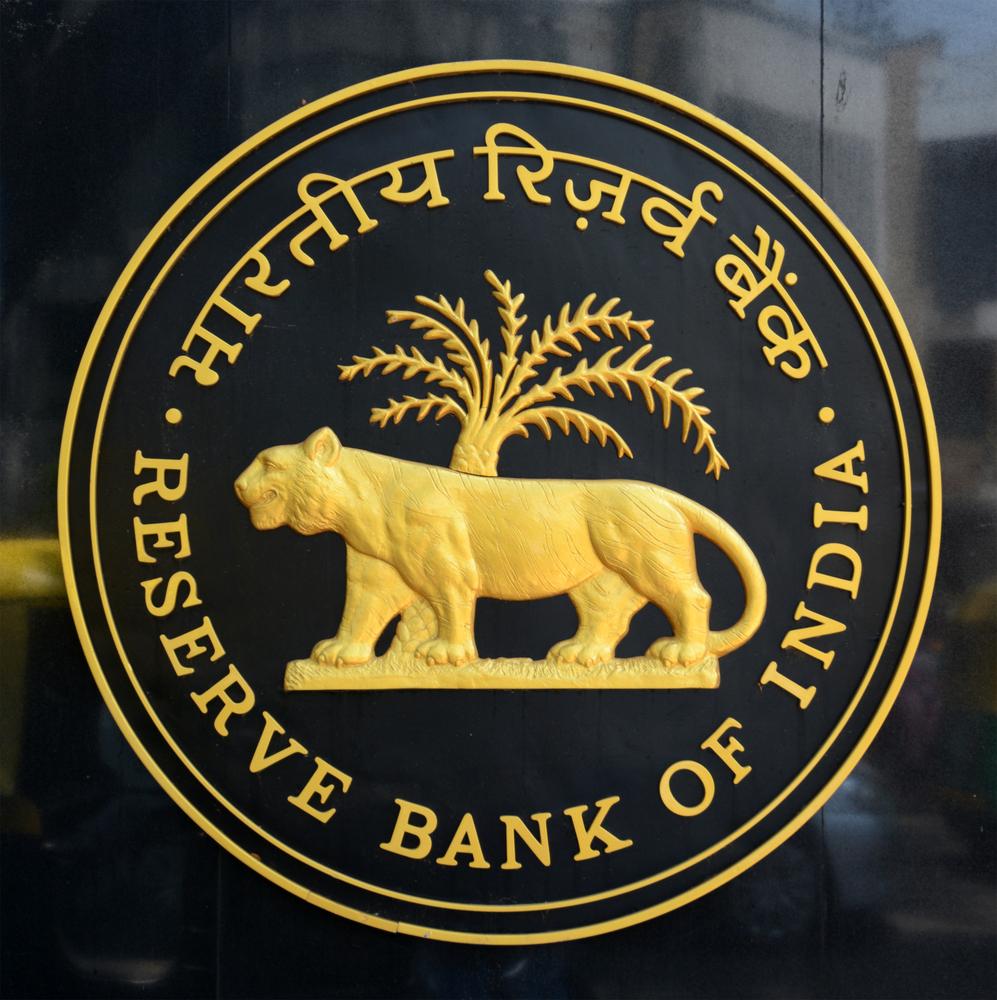This article was originally published by Queen Mary University of London on the South Asian Politics Forum.
Since his arrival in office in 2014, Narendra Modi has set about reforming the social and economic landscape of India, with his policies having mixed success in aiding economic development. While the earlier portion of his tenure was overseen by three advisors with thought based around the ideas of the Chicago School and globalisation, they – like the former chairman of the Reserve Bank of India – decided to distance themselves as in recent times Modi has opted for a stance more akin to economic nationalism. Whether coincidental or intentional, Narendra Modi’s policy package appears to increasingly step away from the pro foreign direct investment line of his predecessors, in a time where market tensions and a strong dollar look ominous for developing economies. While allowing more economic advice to filter into the BJP from bodies such as the Swadeshi Jagran Manch and Rashtriya Swayamsevak Sangh may not appear to be a prudent move for a country whose core goal over the past two decades has been to become a major player in the international market, it could be argued that protectionism in the short term could be a healthy means for India to carve out its own form of economic development, detached from the interests outside beneficiaries.
The thrust of Modi’s policy package to-date has been a drive to reshape India’s way of doing business; whether this be tighter regulation, investment in sectors outside of IT, or adjustments to make economics more suited to the socio-economic dimensions that best represent a more Swadeshi model – that being a model based on putting national economic goals and traditional industrial structures ahead of international competitiveness. As part of this, the free market way of thinking has been put on a back-burner. According to SJM chief Ashwani Majahan, India must be run by thinkers and officials that are “connected to the soil”.
The narrative of intervention as economic interruption
From an outside perspective, the adoption of pro-India or protectionist measures as part of Hindu Nationalism, appear to represent varying levels of success. Prior to Modi’s arrival in office, hard-line Hindu Nationalist and Swadeshi policies incurred negative economic implications. The 2004 and 2012 legislation outlawing the culling of livestock had adverse effects on milk, leather and meat markets, and because of damage to crops by roaming cattle, the agricultural sector. Since 2014, Modi’s Demonetarisation and the Make in India policies illustrate debatable success. While Modi argued that discarding higher denominations of rupee note would allow the government to flush untaxed capital out of the economy, the real-world impact was little-to-no evidence to support the government’s claims and the loss of 1.5 million jobs. Similarly, Modi’s attempts to stimulate domestic manufacturing with his major policy, Make in India, saw short-term success by boosting FDI but has yet to turn the Indian manufacturing sector into anything that can rival its IT sector in terms of growth or per-capita capital accruement. Finally, Modi’s attempts to stamp out vigilante profiteering by billionaires, and a culture of politico-economic patronage, largely failed as most of the perpetrators simply fled the country.
In contrast, recent policy direction has more promise. Thus, the idea that Modi and his Hindu Nationalist advisers’ protectionist policies are a move of strategic prudence, should be entertained. Both Modi’s SJM and RSS counterparts have called for the implementation of tariffs and blocking the privatisation of failing corporations and banks. While RSS bureaucrats have opposed the government on its plans to privatise loss-makers Air India and Flipkart, they are gladly overseeing policies such as price controls on medicines, tariffs on US goods and “politics driven” bailouts for the farming sector.
In response to the government’s recent policy shift away from its push for intensive manufacturing, critics – such as RBI deputy governor Viral Acharya – have been quick to cite India’s rolling deficit, while criticising Modi for pandering to popular demand before the nearing election, and even drawing comparisons to the plight of Argentina.
India and long-term market prudence
While a valid case can be made for the negative effects that protectionism has on short-term liquidity, two practical counter points should be considered – regarding structure and agency. Firstly, something can be said for the ad hoc nature of protectionist policy in this context. Not only has the Sino-US trade war created uncertainty in international markets but manufacturing inflows have become more expensive – with recent monetary policy being reactive to ongoing currency concerns – as a strong dollar pushes up oil prices. Secondly, India’s protectionism is centred around fiscal initiatives and job creation in manufacturing and farming, both of which have benefitted from government intervention. Perhaps in light of recent phenomena, such as fears of inverted yield curves and attempts to tackle inflation in the US, developing a model of national planning more akin to Keynesian fiscal policy, could be appropriate for India. One should appreciate that unlike the government of Manmohan Singh, Modi’s recent measures indicate a different application of ‘game theory’ – namely that bolstering the high yield tech sector is not his core priority. Rather, he is moving towards a goal of high employment by protecting industries that are low-skill and personnel intensive, instead of capital intensive and high skill (and thus only accessible by the educated elites).
In a more abstract form, the recent trend of tightening the leash on free market ideas has merit in the long-run. As argued by economists such as Amartya Sen, it is important for countries to define the course of their own development. While India’s economic and institutional development has come some way, protectionism could not only help India to develop its own independent economic character, but much like China has, India could have the opportunity to develop along strategic and structural lines, not just in line with GDP growth.
Ultimately, Modi and his counterparts have had mixed success with economic policy, though protectionism could be reactive and even proactive, providing scope for India to sculpt its own model of development without having to pander to external forces. The US’s continued confidence in the Indian market should act as evidence enough that Hindu Nationalism has not hampered India’s economic status or prospects, but a happy medium should be found between profitability and India’s cultural, social and economic identities. What makes this case so unique is that India’s economic paradigm shift sets it up for Keynesian economic planning and a focus on national growth rather than international competitiveness – but unlike the US with the New Deal, it did not require economic slump as a pre-requisite for these ideas to come about.




